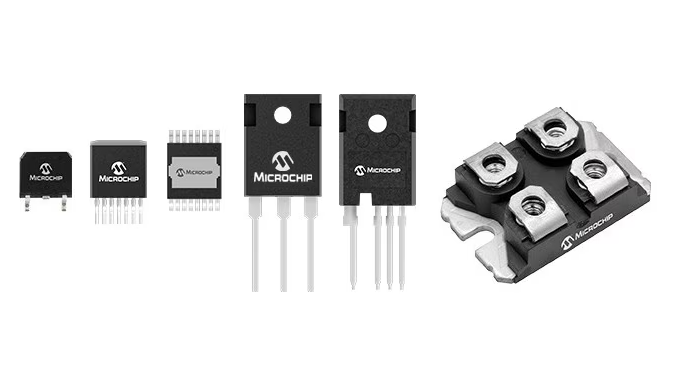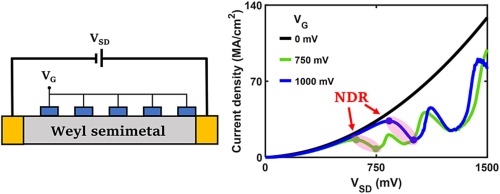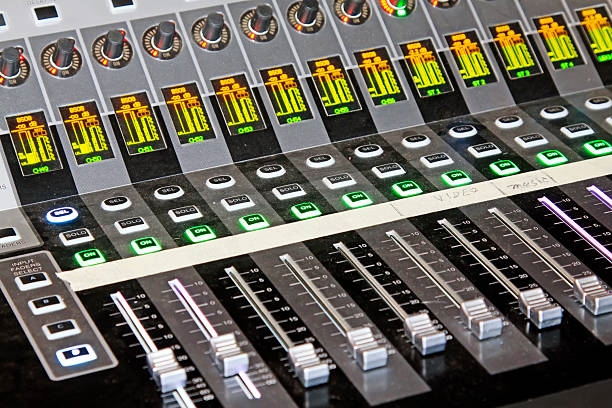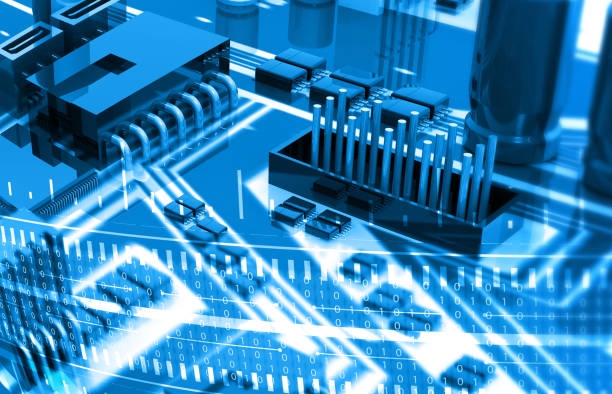Introduction
With growing global demands for energy efficiency and environmental protection, silicon carbide (SiC) power devices are gaining attention in power electronics due to their favorable physical properties and efficiency advantages. SiC devices offer potential for higher system efficiency, reduced size, and lower system costs, making them suitable alternatives to conventional silicon devices in many applications. This article examines the fundamental characteristics of SiC power devices, their key applications, current challenges, and future outlook.
Characteristics of SiC Power Devices
Silicon carbide is a wide-bandgap semiconductor. Compared with conventional silicon, SiC has higher thermal conductivity, higher critical electric field for breakdown, and higher carrier mobility. These physical properties provide several key advantages:
- High-temperature stability: SiC devices can operate reliably at temperatures up to around 600°C, whereas silicon devices typically have practical limits around 150–200°C. This makes SiC suitable for high-temperature environments and can simplify thermal design.
- High efficiency and power density: SiC devices exhibit lower switching losses, enabling higher switching frequencies and allowing reductions in the size of magnetic and capacitor components, which increases power density.
- High-voltage operation: SiC has a much higher breakdown field than silicon, enabling operation at higher voltages and offering advantages for high-voltage applications.
Applications
Owing to these advantages, SiC power devices are used across multiple domains, including:
- Electric vehicles (EVs): SiC devices are applied in traction inverters to improve efficiency, reduce energy loss, extend driving range, and shorten charging time.
- Renewable energy systems: In photovoltaic inverters and wind power systems, SiC devices help increase conversion efficiency and deliver higher energy output.
- Power transmission: SiC devices can reduce energy loss in high-voltage direct current (HVDC) transmission systems, improving system efficiency and reliability.
- Industrial and consumer appliances: SiC devices are used in motor drives, server power supplies, air conditioning, and other applications to improve energy efficiency and reduce system size.
Challenges
Despite clear advantages, wider adoption of SiC power devices faces several challenges:
- Cost: SiC devices are currently more expensive than mature silicon devices, although costs are declining with improved manufacturing and scaling.
- Manufacturing technology: Growing high-quality SiC crystals and fabricating devices involve complex processes that require further development to improve yield and throughput.
- Market adoption: Some established industries require time to adapt existing designs and accept new technologies.
Future Outlook
With continued technical progress and further cost reductions, the application scope of SiC power devices is expected to expand significantly. Researchers and manufacturers are addressing technical and cost barriers, and SiC adoption in electric vehicles, renewable energy, and power transmission is expected to increase over the coming years. As global requirements for energy efficiency and environmental performance tighten, SiC devices are likely to play an increasingly important role in modernizing power and energy systems.
Conclusion
Silicon carbide power devices offer significant performance benefits that are driving their adoption in energy and power applications. Although challenges remain, the potential to improve efficiency, reduce size, and lower system costs indicates that SiC technology will continue to gain traction. As manufacturing matures and costs fall, SiC power devices are expected to see broader use across multiple industries.
 ALLPCB
ALLPCB







